
What if you could wave a magic wand and effortlessly streamline your design workflow? Enter, Figma’s Magician AI tool.

Here are some real-life examples of AI-generated image descriptions and some tips and tricks for generating effective descriptions with AI.
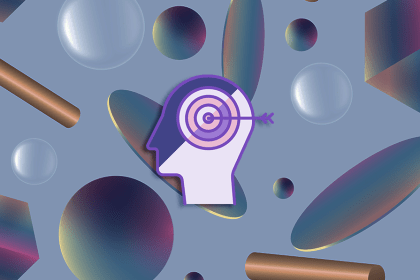
In the realm of UX, information architecture is instrumental in shaping users’ digital interactions. Stay current with the latest trends here.

The Figma Mirror app lets you view your Figma designs on mobile or tablet so you can see what your design will look like.
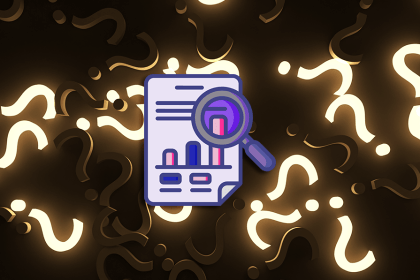
Learn what survey fatigue is, what causes it, and what you can do to prevent it, netting you more survey responses and quality insights.

Explore the importance of age-inclusive design, the best principles to follow, and some tips for testing interfaces for age-inclusivity.

Here are some clear definitions of the most commonly conflated UI design elements: the pop-up, popover, and popper.
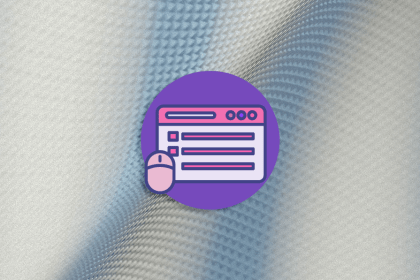
Wondering what a CMS is? Here are the pros and cons of a CMS, how to use it, and how it simplifies UX design.
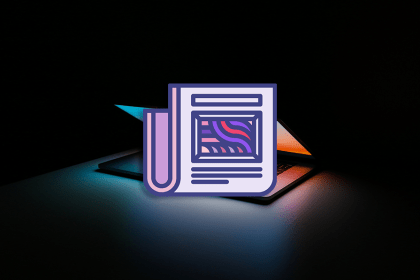
These real-world examples showcase how forward-thinking designers are harnessing the power of AI to enhance their design processes.
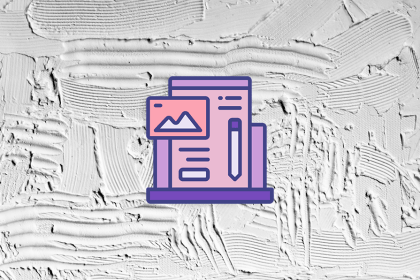
Minimalism is the art of finding beauty in essentials, simplifying complex solutions, and focusing on essentials.

You’ve likely spent plenty of time in Figma, but Framer has been growing in popularity. Explore how they differ and when to use them.
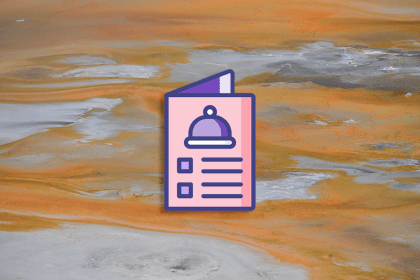
Discover the purpose of a context menu, the elements that comprise it, and some best practices for creating one.